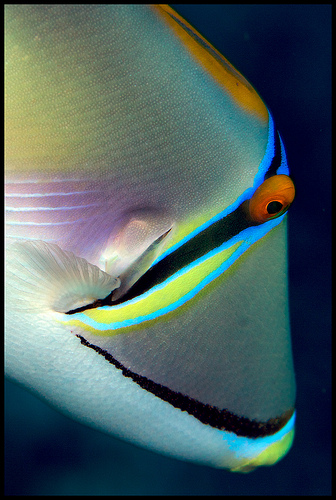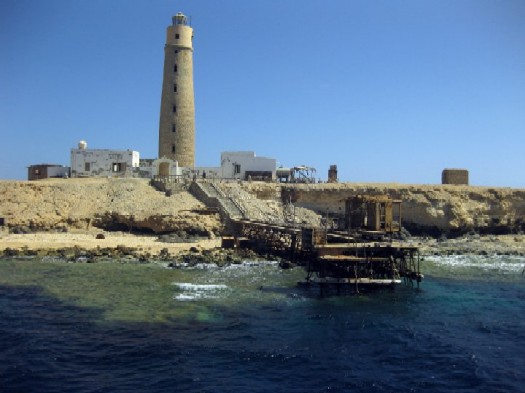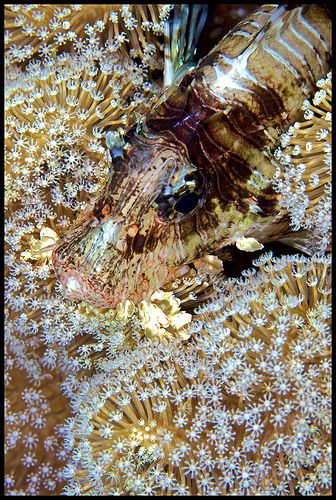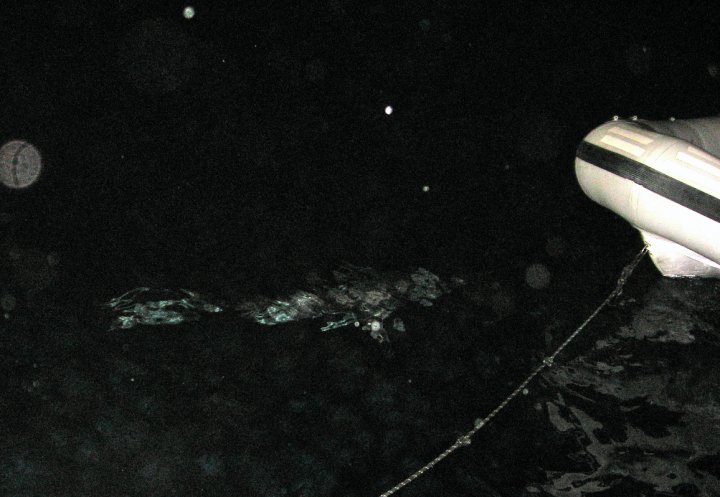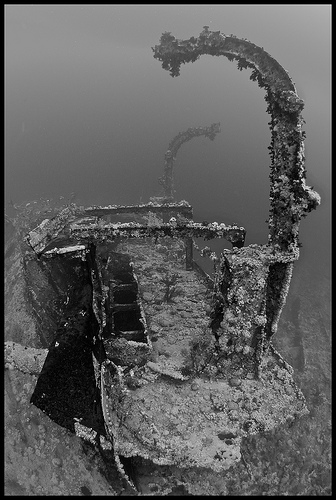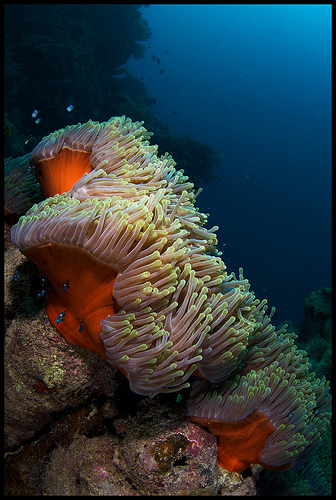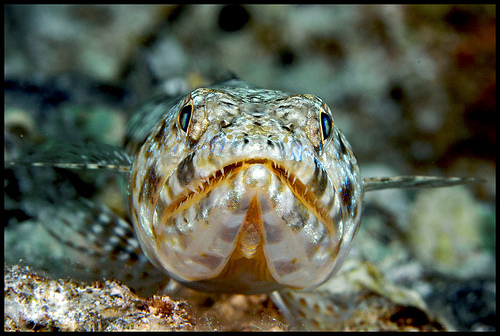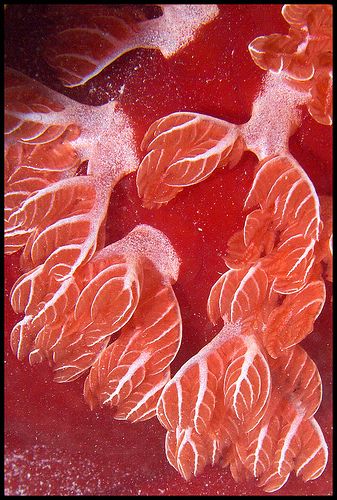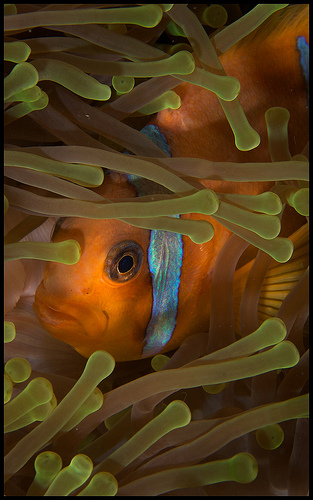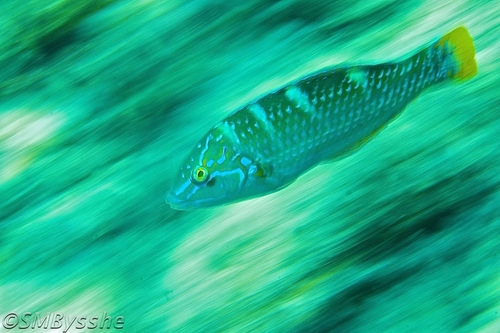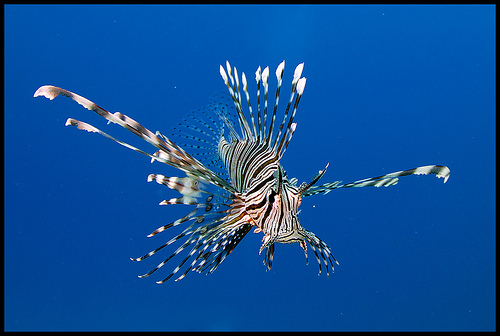
The Lay of the Land
Introduction to diving Egypt
Egypt: home to some of the greatest cultural wonders in human history. The Sphinx. The pyramids. The Valley of Kings. If you’re a diver, chances are you haven’t seen any of them. That’s because you’ve spent the duration of your trip to Egypt underwater, enjoying the world-class wrecks, healthy coral reefs, and great pelagic action on offer in the Egyptian Red Sea.
Don’t worry: you’re not alone in your cultural delinquency. Egypt’s Red Sea is an immensely popular stretch of water that plays host to thousands of European divers each month, who view the area in much the same way North Americans view the Caribbean: an accessible, relatively inexpensive destination that offers great diving opportunities year-round.
Situated in the northernmost band of the tropics, the Egyptian portion of the Red Sea begins with the Suez Canal, in the north of the Sinai peninsula, and runs a few hundred miles to the border of Sudan in the south. The dive tourism infrastructure is very well developed, and holiday operators offer a broad range of resort-based and liveaboard dive packages in each of three “hub” areas: Sharm el-Sheikh, Hurghada and Marsa Alam. Each has its own merits.
Sharm (also known as the “Egyptian Riviera”) is located in the north. It offers great nightlife, easy diving in the Ras Mohammed Marine Park, and a departure point for many of the Red Sea’s famous wrecks (including the Thistlegorm and the Dunraven). Dahab, also in this area, provides interesting shore diving opportunities (ever ridden a camel to your dive site before)?
Picasso Triggerfish closeup, taken in the red sea. Canon 100mm lens, F8, 1/250th. Photo by Adam Svoboda.
Hurghada (and the surrounding area) is the second focal point of Red Sea diving. It sits about 50 miles / 80 km down the coast from Sharm and is full of resorts, and a busy harbor which serves as home port for many liveaboard vessels. There are lots of good dive sites accessible by dayboat – from wrecks to fast drifts to sheltered house reefs.
Finally, about 165 miles /265 km further down the coastline, the remote towns of Marsa Alam and Marsa Shagra offers great access to the Southern region, including the vast Fury Shoals reef system, as well as St. Johns, Rocky Island, and Zabargad. There are some unusual diving opportunities here, including the chance to dive with dugongs (close relatives of the manatee) and pods of dolphins. You can also stay at a dive camp where the accommodation is in tents on the beach!
Diving the Red Sea via Liveaboard
No matter which area you pick, much of the best diving in Egypt is done by liveaboard, since many of the top sites are either inaccessible by dayboats, or a long journey away. As such, liveaboard divers stand a good chance of avoiding the “diver soup” that can often occur at some of the more popular sites as shore-based boats show up (the Thistelgorm, for example, can host up to 20 dive boats at once!). Liveaboards depart from each of the “hub” areas, and cover a number of itineraries, with generally emphasize wrecks, pelagic diving, or exploring the coral reef systems. In reality, whichever itinerary you do, you will most likely experience a bit of all three elements. Most trips run one week; however there are a few 10 day trips, as well as some 3 day “mini safaris” available.
Book a Red Sea Liveaboard Trip Online at the Best Price with our sister company Bluewater Travel!
The Brothers & Elphinstone Reef
I opted for a week-long itinerary to Elphinstone reef and the Brothers Islands on board the Blue Fin, one of the boats in the (top-notch) blue o’ two fleet. Blue Fin offers divers 3 dives per day and 1 night dive over the course of the week on this itinerary. After the check dive was done, we headed first to Elphinstone, then out to the Brothers, where we did about 80% of our diving for the week.
Big Brother and Little Brother are two tiny islands about 5 minutes’ boat ride apart from each other, about 60km (40 miles) offshore — smack-dab in the middle of the Egyptian Red Sea. Because of this, the only way to get there is by liveaboard, and access is weather-dependent. The trip is typically made overnight from one of the port towns. The ride can be very bumpy due to high winds, even on a big boat. Make sure you bring some motion sickness medicine!
Red Sea wind is no joke! Photo © Aude Abel, all rights reserved
Both Brothers are narrow teardrop-shaped pillars that rise up to the surface from great depth, and are surrounded for many miles by nothing but open water. At recreational depth, the islands present themselves to divers as vertical walls densely covered by hard and soft corals, full of small caves, & overhangs. Due to their isolated location in the middle of the Red Sea, they tend to attract all manner of pelagic visitors. Big Brother also features 2 wrecks, the Numidia, and the Aida, as well as a photogenic lighthouse that affords some great views from the top.
Lighthouse, Big Brother. Photo © Paul Baker, all rights reserved.
Elphinstone is further south, about 7 miles off the coast of Marsa Alam. It is a 300-meter / 900 foot long oval, with sheer walls on 2 sides, and a series of plateaux extending from the north and south ends from 4 meters / 12 feet down to a little over 40 meters / 120 feet. Elphinstone is reachable by liveaboard and dayboats. Like the Brothers, it’s considered a “classic” Red Sea dive.
Oceanic whitetip shark at Elphinstone reef. Photo by Wilfried Niedermayr.
How The Diving is done
Dives are done off a dive platform at the back of the boat or via RIB (Rigid inflatable boat), depending on the dive plan. Currents at all three sites can be strong and can shift very quickly, so SMBs (safety sausages) are a must. On many dives, the divemaster will give you the option of heading out on the RIB to the current point, or jumping from the dive platform of the boat, and staying on the sheltered side of the reef for the duration of the dive.
Visibility in the Red Sea
The Red Sea is known for outstanding visibility. During our trip, visibility was 30+ meters (90+ feet) on virtually every dive. It is worth noting though that the waters around the Brothers can get clouded by strong winds blowing grit off the islands’ surfaces. This can lead to a lot of particulates in the water, making wide angle underwater photography more challenging. Diving a macro lens when this happens might be more productive.
Marine Life & Underwater Scenery in the Red Sea
Because of the great mix of wrecks, healthy coral reefs, and big fish, these sites have a lot to offer every underwater photographer.
Corals – Hard and soft corals are profuse and in excellent condition at all 3 locations. These are really pretty dives, with big gorgonians and a profusion of multicolored soft corals everywhere. Lots of good WA opportunities exist.
Reef life – Expect Damselfish, Soldierfish, Angelfish, Fusiliers, Groupers, Boxfish, Filefish, Wrasse, Parrotfish, Triggerfish, Rabbitfish, and Lizardfish. There are Stonefish and Scorpionfish around, and plenty of Lionfish to be found in the nooks and crannies. Various Hawkfish and schooling Acanthis are everywhere. In addition, there are a couple of friendly Napoleon Wrasses at Little Brother that are very popular with divers, and make great photo subjects.
Napoleon Wrasse, Little Brother. Adam’s photos are taken with a Canon 50D, Subal housing, Inon strobes. Wide angle photos are taken with the Tokina 10-17mm fishyeye lens. F8, 1/200th. Photo © Adam Svoboda, all rights reserved.
Lionfish, Shaab Abu Ramada. Photo © Adam Svoboda, all rights reserved.
Another photo of a lionfish with a blue background, photo by Adam Svoboda. Tokina 10-17mm @ 17mm. F5.6, 1/90th.
Pelagics in the red sea:
Numerous pelagic species can be seen including Barracuda, Dogtooth Tuna, Jack, and various rays, including Mantas. Of course one of the biggest draws of the area is the chance for shark encounters. While the Brothers & Elphinstone can’t stack up to a place like Cocos Island for constant shark action, they definitely don’t fail to impress. There were shark sightings on probably 75% of the dives, including some very close encounters with the ubiquitous grey and white-tipped reef sharks, some big Silkys, three or four Oceanic Whitetips, several Thresher sharks, and even a Hammerhead. There have also been sightings of Tiger Sharks and Whale Sharks on these reefs.
Thresher Shark. Little Brother. Photo © Stephen Stott, all rights reserved.
The general strategy for sharks is to dive down deep to one of the cleaning stations or current points and hang out, waiting for something to swim by. Our group also had a number of encounters simply swimming around the reefs at depth, looking out into the blue.
For Oceanic Whitetips, the strategy is a little different. They generally come up quite shallow to visit divers during safety stops. The guides typically recommend you hang out in the blue, directly underneath the boat, at around 5 meters / 15 feet. Oceanic whitetip sharks are very curious, and will swim directly at you, veering away at the last second. This can make for some awesome (if pulse-pounding) underwater photo ops! The dive guides should brief you on behavior & safety protocols when diving with these sharks. Listen closely and follow their advice.
During our trip, one of the best shark moments actually came topside: after dinner one night, 2 large Silkys and an Oceanic whitetip shark circled around the back of the dive platform in the boat’s floodlights, cresting the surface, for about 15 minutes. They repeatedly passed within maybe 3 feet of where we stood watching on the dive platform, so close we could have stroked them… Magnificent!
Silky shark checking out our RIB at night. Photo © Aude Abel, all rights reserved.
Wrecks on Big Brother
There are 2 wrecks on Big Brother, the Numidia and the Aida. The Numidia, an India-bound vessel that collided with Big Brother in 1901, lies vertically on the reef, beginning at 8 meters / 24 feet and extending far down to about 90 meters / 270 feet. The Aida begins at about 30 meters / 90 feet and continues down to about 60 meters. Both are encrusted with corals and are highly photogenic.
Aida wreck, Big Brother. Tokina 10-17mm @ 10mm. F7, 1/30th, ISO 200. Photo © Adam Svoboda, all rights reserved
Underwater Photo Ops & Gear Recommendations
Wide Angle underwater photography
90% of the photographers you see at the Brothers and Elphinstone are shooting wide angle, which isn’t too surprising given the wrecks, reef scenes, and pelagic possibilities. A Tokina 10-17 fisheye or similar lens will work perfectly.
The sheer vertical nature of both of the Brothers and much of Elphinstone facilitates close focus wide angle opportunities, because it is easy to get very close to the subject at or below eye level without fear of accidentally bumping in to anything. The shape of the reefs is also very conducive to vertical shooting, as there are lots of overhangs and corals projecting out from the reef walls. Having a pointer to hold yourself off the wall while shooting could be useful as there is sometimes a bit of surge.
There are good natural light photography possibilities at all 3 locations. On Big Brother, the Numidia wreck begins at 8 meters / 24 feet. In good conditions, this is an ideal natural light subject. Additionally, the walls at both of the Brothers extend right up to the surface, and there is plenty of coral and reef life in the shallows.
Reef shot, Little Brother. F11, 1/160th, natural light. Photo © Adam Svoboda, all rights reserved
Beautiful colony of anemones, photo by Adam Svoboda. Tokina 10-17mm @11mm. F11, 1/60th
Macro underwater photography
The Red Sea is not known as a world-class destination for macro subjects, but there are still plenty of good opportunities. The sheer vertical structure of both of the Brothers and Elphinstone makes it easy to shoot fish portraits at eye-level. A 60mm macro lens for Lionfish, Scorpionfish, Long-nosed Hawkfish, and the like will work well. There are also various crustaceans and nudibranchs.
Lizardfish, Big Brother. Macro photos are taken with the Canon 100mm lens. F13, 1/160th. Photo © Adam Svoboda, all rights reserved.
At the Brothers, another reason to bring a macro lens is the wind, which frequently blows grit and sand from the surface of the islands into the water, filling it with a lot of particulates. A macro lens can be a better choice than wide-angle when this happens.
Artistic shot of a Spanish Dancer nudibranch, photo by Adam Svoboda. Canon 100mm lens, F13, 1/250th
Anemonefish, F16, 1/125th. Photo by Adam Svoboda
Getting There / Travel Info
Flights from the UK and many major European cities to Sharm and Hurghada are plentiful and cheap, with daily departures. Flights to Marsa Alam are somewhat less frequent.
From the US, Egypt Air runs some direct flights from to Sharm, and Delta operates a direct flight to Cairo (you will then need to connect.) There are also many 1 and 2 connection flights available from most major airports.
Note that many of the European low-budget airlines, like EasyJet, Thompson, and Viking have strictly enforced (and very restrictive) weight allowances for both checked luggage and your (single) carry-on item. Excess charges can be very pricey… Be sure to check with your carrier, do your homework, and come up with a good packing strategy before you go!
Weather/ Best Time to dive the Red Sea
The Egyptian Red Sea offers year-round diving. Water temps are coldest in Feb at about 19C / 66F and, and warmest in August at about 30C / 86F. Air temps range from “pleasant” to “roasting” – with the air being “roasting” in July and August.
More Info on diving Egypt
There is a wealth of good info about diving in Egypt on the web. Below are a few links to get you started:
Liveaboard operators:
Find the best Red Sea liveaboard options on our sister website Bluewater Travel.
Dive site info:
Red Sea diving guide and reviews: https://www.bluewaterdivetravel.com/red-sea-diving
Red Sea dive site reviews: http://www.scubatravel.co.uk/redsea/
More Red Sea dive site reviews: http://www.touregypt.net/vdc/divesite.htm
You can reach the author at adambmi@gmail.com.




